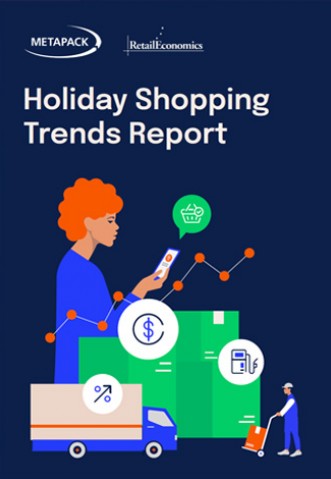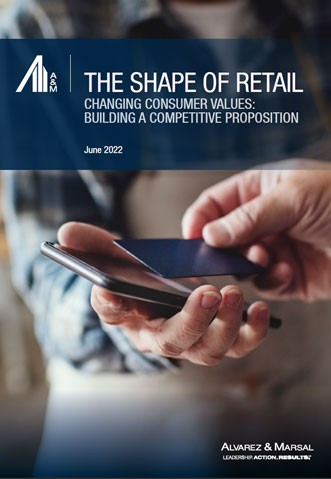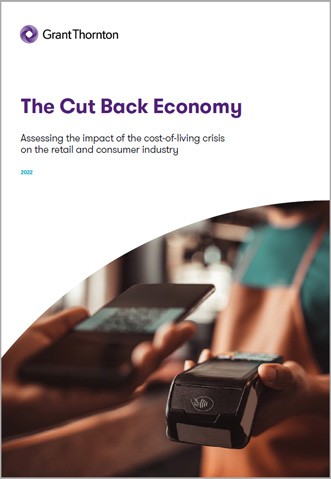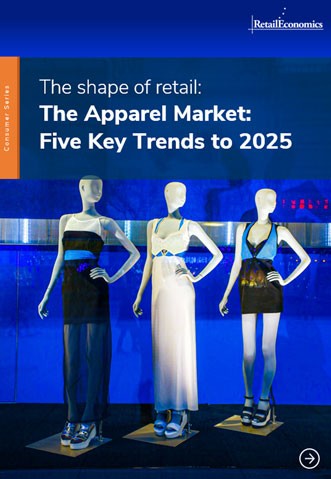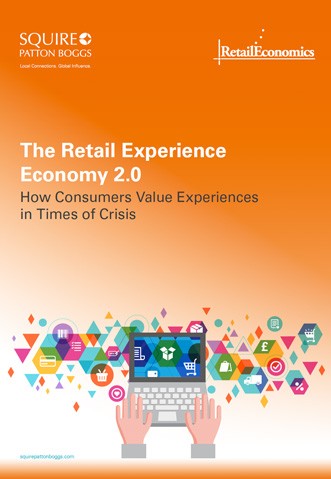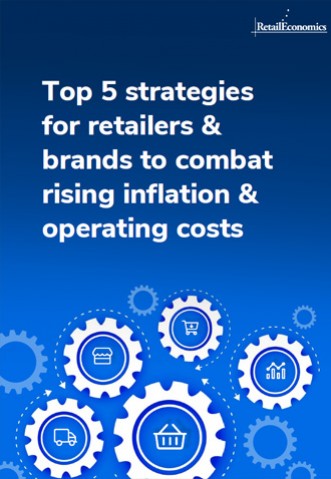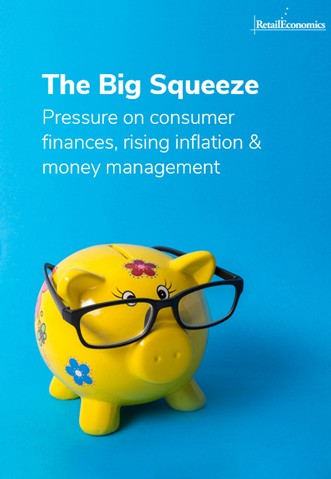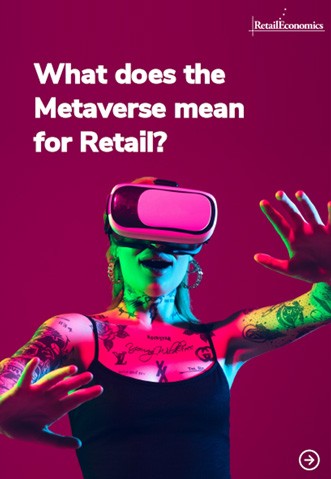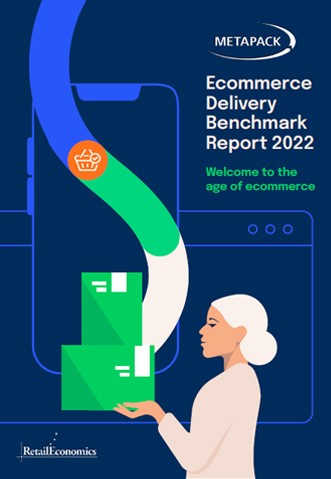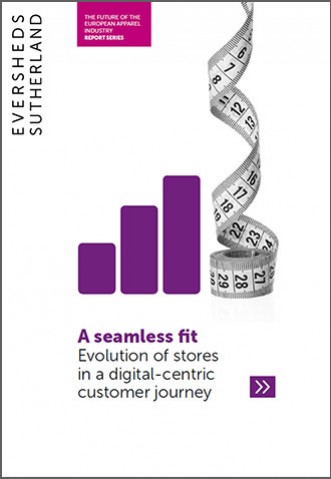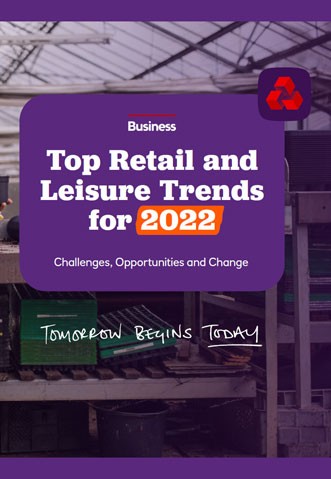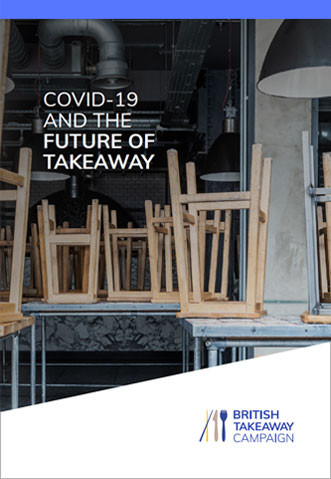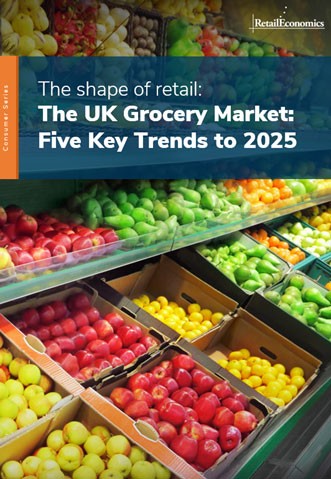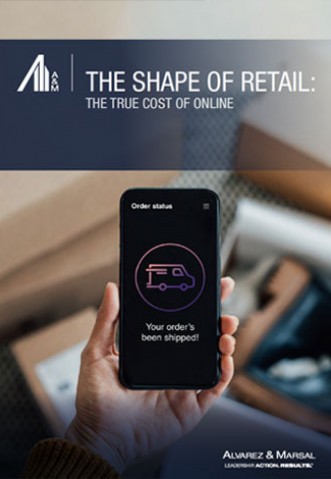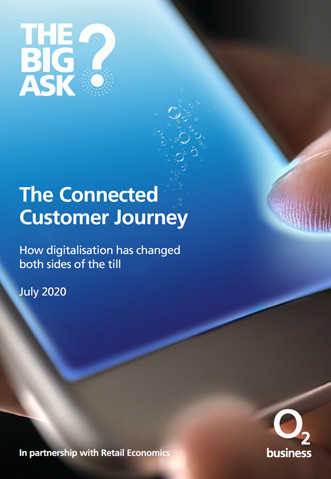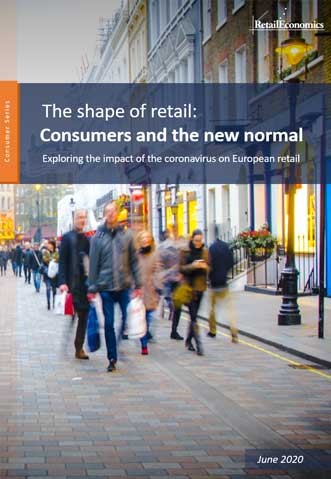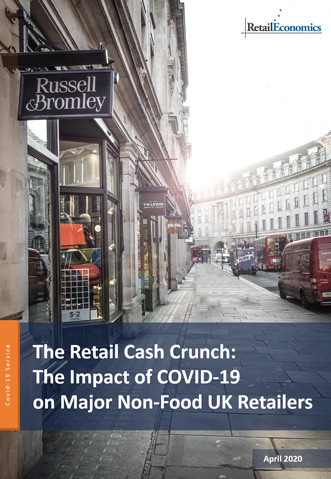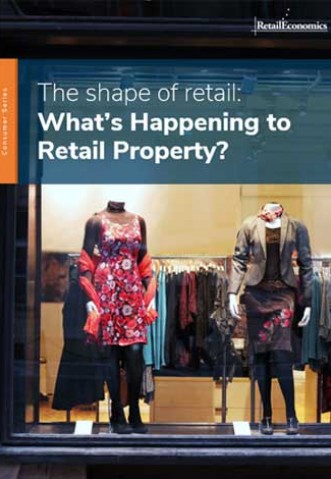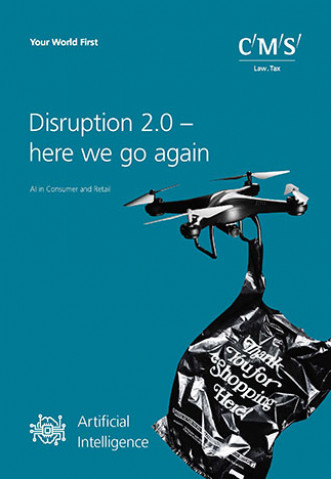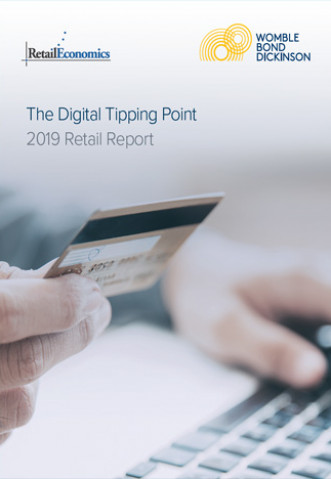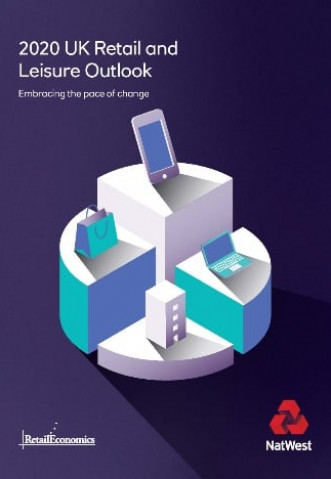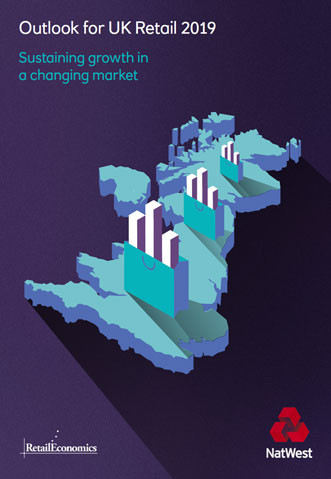The Power of Social Commerce: Building brands in the TikTok era
5 Minute Read
What can you learn from this report?
-
Strategic insights: Learn innovative strategies for leveraging social commerce platforms to drive brand and sales growth.
-
Consumer behaviour analysis: Understand the evolving dynamics of consumer behaviour and how to engage effectively through community-driven content.
-
Practical recommendations: Get actionable advice on integrating digital and data capabilities, leveraging in-app features, and building long-term customer loyalty.
Click here to explore working with Retail Economics for creating thought leadership papers like this.
Why this report matters
Social commerce is projected to reach nearly £16 billion in the UK by 2028. This report provides essential strategies to harness this growth, ensuring your brand stays ahead in a competitive market. With a focus on authenticity, community engagement, and innovative marketing techniques, this guide is your roadmap to success in the social commerce landscape. Learn innovative strategies for leveraging social commerce platforms to drive brand and sales growth.
Explore the transformative potential of social commerce with our latest report, "The Power of Social Commerce: Building Brands in the TikTok Era," produced in partnership with TikTok.
This report dives deep into how social and entertainment platforms are reshaping the retail landscape, merging community, entertainment, and commerce into a seamless experience.

Contents:
-
Foreword
-
Key report highlights
-
Section 1: The Role Of Entertainment In A New Era Of Shopping
-
Section 2: The Social Ecosystem And Customer Journey
-
Section 3: Strategies For Success In Social Shopping
-
Case studies
-
Conclusion
Introduction
The retail landscape is evolving rapidly, driven by the rise of social commerce. Platforms like TikTok are at the forefront, offering unique ecosystems where consumers can discover, engage, and purchase products seamlessly. This report explores the dynamic intersection of community, entertainment, and commerce, providing brands with the tools needed to thrive in this new era.
Key sections
Digital Retail Renaissance: Explore how social commerce is revolutionising the retail industry, driven by technology, consumer behaviour, and entertainment.
The Social Ecosystem and Customer Journey: Understand how platforms like TikTok impact every stage of the customer journey, from discovery to loyalty.
Strategies for Success in Social Shopping: Gain practical insights into leveraging TikTok's features for brand and sales growth, including tech integration, in-app features, and community building.
Key report highlights
- UK social commerce market represents a £16 billion opportunity for retail brands.
- 82% of social users engage in shopping-related activities when using a social and entertainment platforms (93% for TikTok users).
- 88% of TikTok users have discovered brands they’re interested in purchasing on the platform – the highest of any social and entertainment platform.
- 1 in 3 of consumers say social and entertainment platforms are their preferred channel for product discovery. Most consumers say they discover more new brands on social platforms than through traditional shopping channels.
- 69% of UK consumers have purchased a product after seeing it featured on social media.
- Beauty and apparel are the most popular categories for social commerce, with over one in three social shoppers having made a purchase in these areas
- 56% of UK users have made a purchase directly through a social or entertainment platform. For digital natives (under 45s), this rises to 73%
- 88% of Gen Z visit social and entertainment platforms after making a purchase with a retailer or brand (e.g. to share experience
or leave review, watch how-to videos, contact brand). - 94% of Gen Z and 85% of Millennials follow at least one brand on social and entertainment platforms.
- 2 in 3 of TikTok users feel more connected to brands they interact with on the platform, compared to less than half on other platforms.
The role of entertainment in a new era
In this section, we explore the drivers, benefits and features within the social commerce landscape as the retail industry shifts towards a more socially integrated environment. We also look at how a blend of entertainment and commerce is reshaping consumer engagement, offering new growth opportunities for brands.
The social commerce market in the UK is poised to hit £7.4 billion in sales in 2024, continuing its remarkable growth trajectory. Over the next five years, the market is projected to expand at an annual compound growth rate (CAGR) of 21.2%, reaching an impressive £15.7 billion by 2028 (Fig 1).
Fig. 1 - UK social commerce market to reach £15.7 billion in sales by 2028

Source: Retail Economics, TikTok
This rapid expansion will more than double the market’s current size, and significantly outpace the growth of the broader online retail ector over the same period (5.3% CAGR). For perspective, the anticipated market size by 2028 is comparable to the GDP of Malta/ Jamaica or equivalent to the entire Furniture & Flooring market in the UK.
Fig. 2 - Drivers of Social Commerce Growth

‘Social commerce’ vs. ‘Community commerce’
Social commerce’, or social shopping, merges social media with e-commerce, creating an interactive and immersive shopping xperience. It streamlines the consumer journey from discovery to transaction, featuring live-streaming, integrated product catalogues, nd targeted content to deliver the right product to the right users at the crucial moment in their...
[Complete the form at the top of page to continue accessing this insight].
Capturing attention in the TikTok era
In today’s hyper-competitive attention economy, the media landscape is increasingly fragmented with brands battling for consumer ttention. To cut through the noise, innovative approaches are often required to capture attention.
By using entertainment as a vehicle for torytelling, a key psychological factor for retaining attention, brands can deliver experiences that truly captivate. Here, entertainment serves as a powerful differentiator. Content that entertains can take many forms—it may harness humour, evoke strong motions, or provide educational value, all rooted in authentic storytelling. This diversity in content creates a rich value exchange, providing an avenue for brands to connect with audiences on a deep emotional level. TikTok, in particular, has leveraged this effectively.
Short-form video has become a crucial tool for capturing the right kind of attention. The best TikTok content puts consumers in a more receptive state, creating an emotional trigger that encourages participation and engagement, whether by posting, interacting, or making purchases.
The bite-sized format of TikTok videos makes them ideal for quick consumption, driving immediate and impactful behaviour that presents opportunities for brands to reach new customers and achieve growth through unplanned purchases. Consumers now turn to platforms like TikTok for entertainment and discovery, creating an ideal environment for brands that appeal to their playful and curious mindset.
Different social media and entertainment platforms exhibit different motivations for use and functionality. Unlike other platforms where motivations lean more towards general communication, news or education (Fig 6), TikTokputs entertainment at its core.
Fig. 6 - Entertainment a key motivator for TikTok
Question: For the social and entertainment platforms you use, what are your primary motivations for each platform?

Source: Retail Economics, TikTok
The social ecosystem and customer journey
In this section, we take a closer look at how social commerce impacts each stage of the customer journey, accelerating the path to urchase. We explore how platforms like TikTok have integrated awareness, browsing and purchasing into a cohesive shopping experience.
Social platforms the preferred channel for digital natives
Our research shows that digital natives (under 45s) prefer the social commerce experience every step of the way. For simplicity, Figure 10 shows a three-step customer journey to communicate the choice of channels used by this cohort at different points of their journey.
Fig 10: Digital natives prefer social platforms at every customer journey stage
Question: Thinking about the different stages of the ustomer journey outlined below, which of the following channels
do you think is best for each stage?

Source: Retail Economics, TikTok
[Complete the form at the top of page to continue accessing this insight].
Entertainment as the gateway to discovery
Discovery is the first step in the social commerce journey. Our research shows that social and entertainment platforms are the most popular method for consumers to discover brands and products, outperforming search engines, marketplaces, and brand websites (Fig 11). This trend spans all age groups, with the exception of Boomers (over 65), who still prefer traditional channels (Fig 12). For brands, maintaining a strong social media presence is essential.
Platforms like TikTok have revolutionised brand discovery, offering exciting ways to find new products while passively scrolling or actively searching. Sophisticated algorithms which capture user behaviour (e.g. likes, shares, dwell times etc.) curate personalised content making discovery hyper relevant and fun. Here, consumers are most likely to discover new brands and products by ‘accidental’ scrolling Platforms like TikTok have revolutionised brand discovery, offering exciting ways to find new products.
TikTok’s For You page curates highly personalised content that is unique to each individual user, which translates to brand and product discovery. Sophisticated algorithms capture user behaviour (e.g., likes, shares, dwell times), to craft a hyper relevant and enjoyable discovery experience.
Trust in the ForYou page empowers users to confidently explore new brands and products that align with their interests. This behavioural shift sees users not only discovering ‘accidentally’ while scrolling, but increasingly, searching on social and entertainment platforms with specific intent (Fig 13).
Fig.13 - Discovering new brands and products by accidental scrolling is most effective on social
Source: Retail Economics, TikTok
Discovery: TikTok features and examples
1. Personalised shopping: TikTok’s “ForYou” page personalises content with unmatched precision, functioning like a personal shopper by suggesting brands and products tailored to individual tastes. This hyper-personalisation extends beyond social interactions, driving commerce across various platforms—whether it’s driving traffic to a brand’s website through Video Shopping Ads (VSA), promoting purchases directly on TikTok Shop, or increasing footfall in physical stores. Unlike other platforms where personalisation often relies on broad demographic data or browsing histories, TikTok curates content based on deep engagement metrics, capturing both attention and trust effectively.
2. The power of short-form video: Short form video is uniquely placed to drive high-quality attention because it is immediate, immersive and multi-sensory. Being sound-on, full-screen, entertaining and skippable, TikTok’s content creates an immersive experience that keeps audiences engaged.
3. Trending on your terms: Brands can tap into emerging content patterns that reflect current consumer behaviours and interests. These trends act as broad ‘signals’ or ‘forces’ that reveal underlying movements in consumer engagement and preference. Understanding why certain trends gain traction allows brands to strategically participate in these larger content waves, enabling serendipitous product discovery beyond traditional search.

TikTok excels at relevant discovery, with the highest proportion of users discovering brands or products they’re interested in. It ranks top for product discovery in seven out of ten retail categories, including fashion, beauty, food, and health and wellness.
Over half (51%) of product discovery occasions on TikTok lead to further user engagement, compared to an industry average of 40%. This includes liking, sharing, following, and seeking more information. Younger users tend to stay on social platforms post-discovery, while those over 45 are more likely to visit brand websites or physical stores (Fig 16).
TikTok successfully drives engagement across both online and offline channels. Numerous brands have benefited from “As Seen on TikTok”, using the trending tag on promotional displays in-store, creating unique opportunities for cross-channel marketing.
Consumers can discover brands on TikTok and then explore products in-store or on websites, or they can continue the purchasing journey on the platform through TikTok Shop. Whether part of a closed-loop system or not, this ensures brands can meet consumer needs no matter where they are or how they prefer to shop.
[Complete the form at the top of page to continue accessing this insight].
Download: The Power of Social Commerce: Building brands in the TikTok era report
NOTE: We will never sell, rent or pass on your details to a third party.

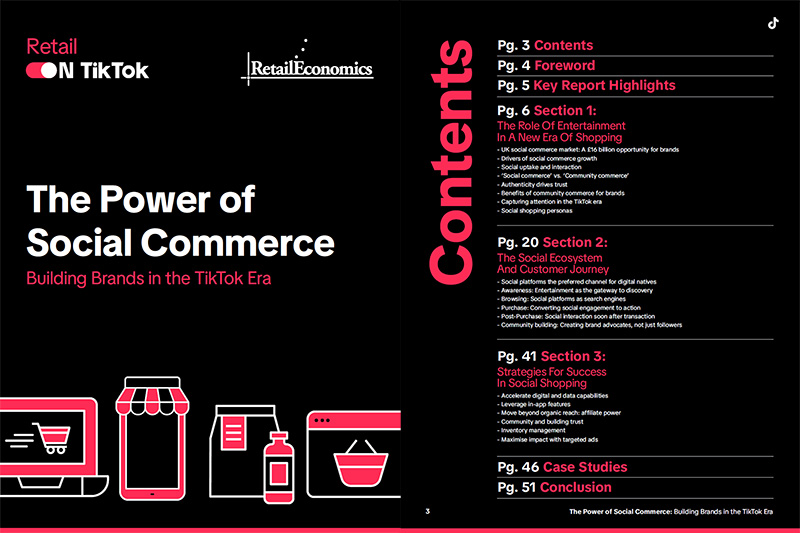
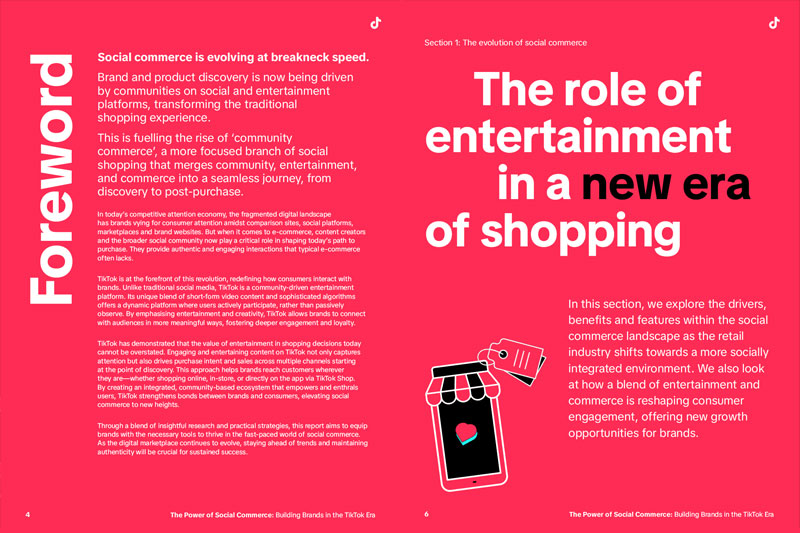
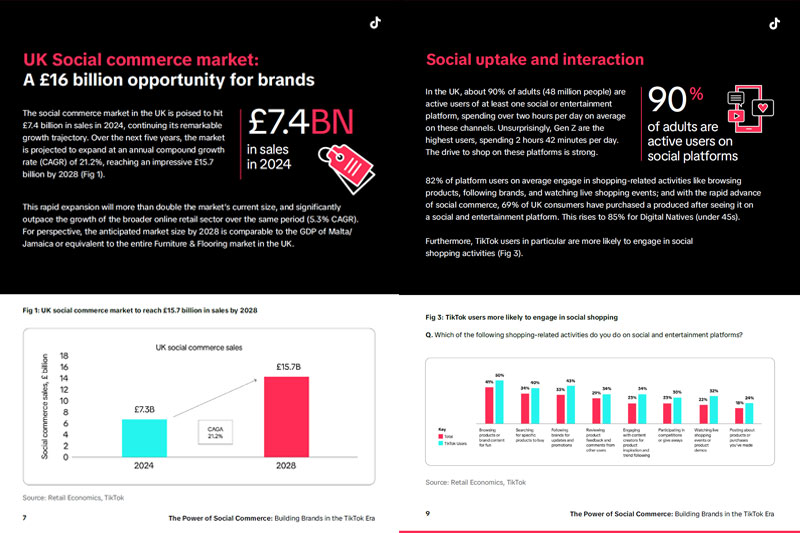
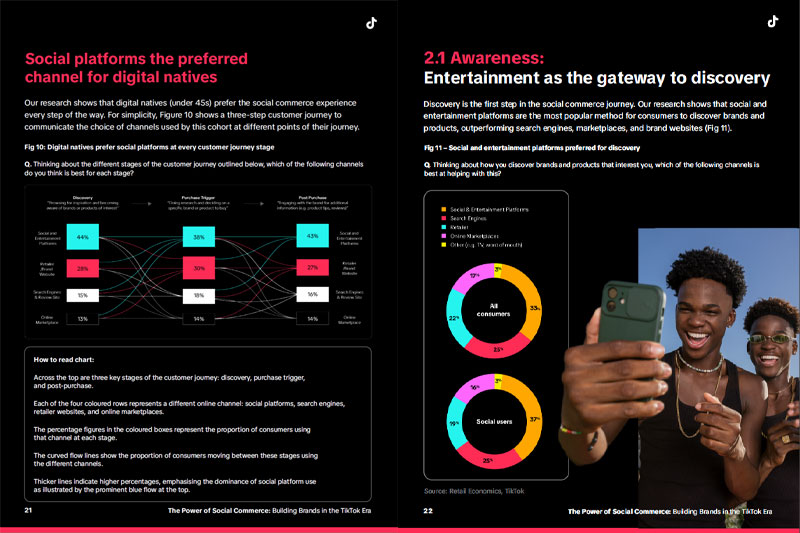
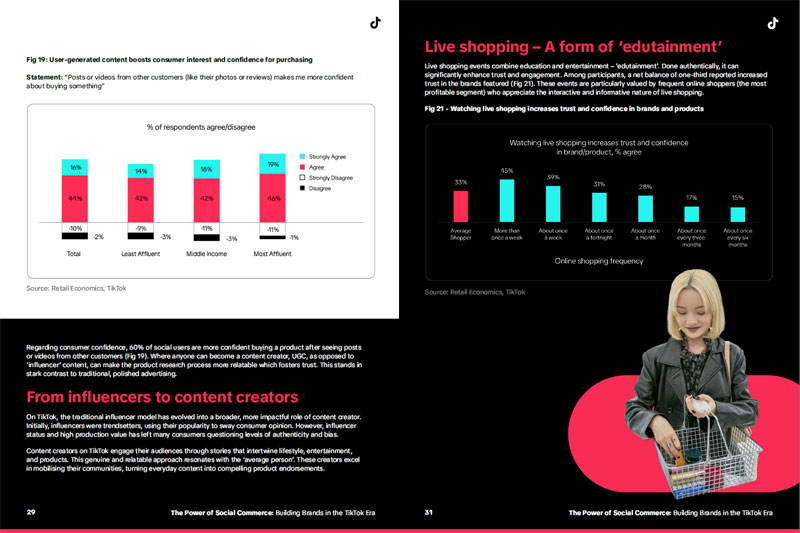
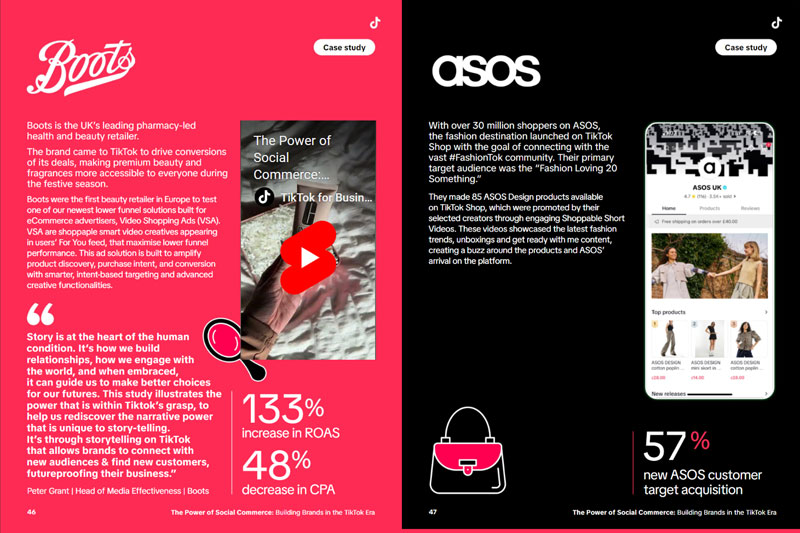
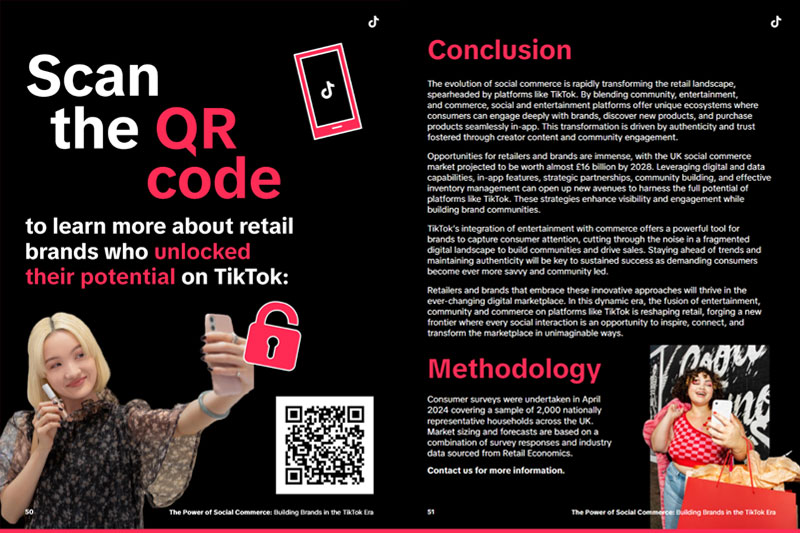

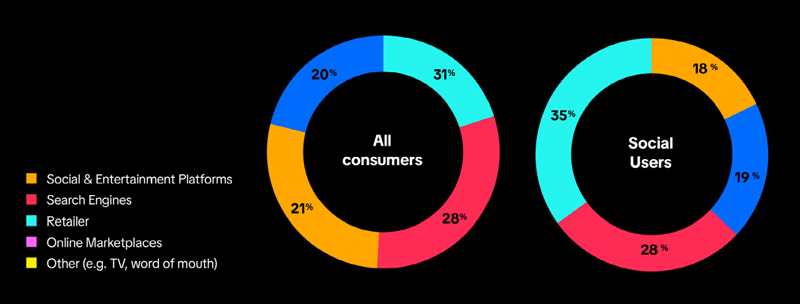
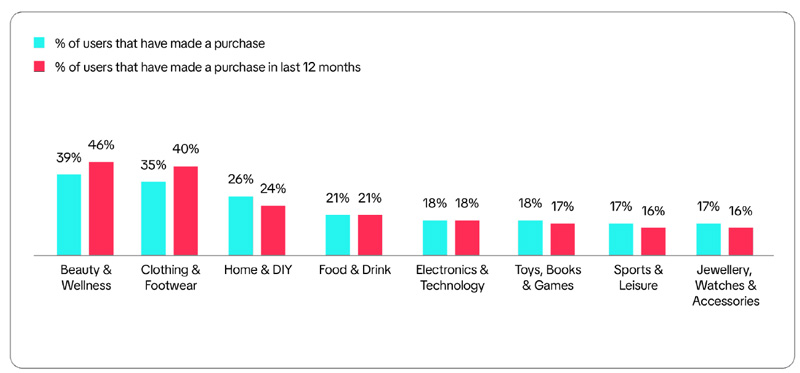


.jpg)


.jpg)
.jpg)

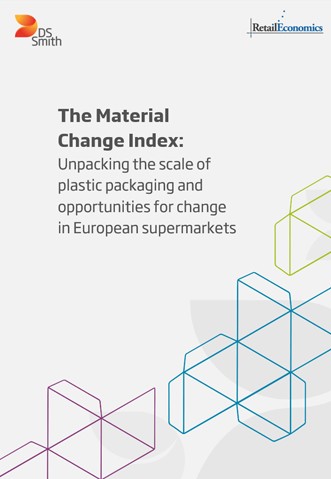
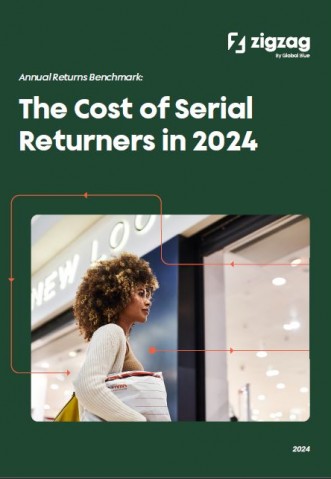
.jpg)
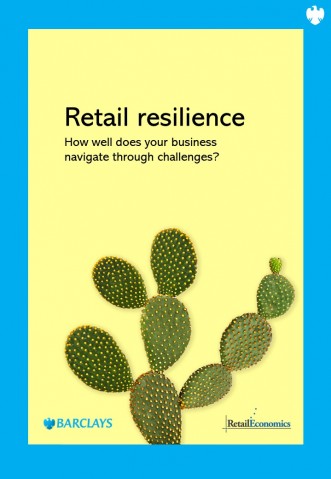

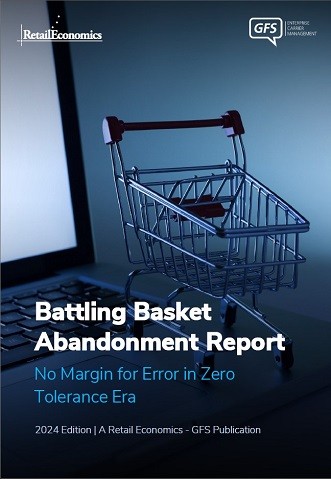

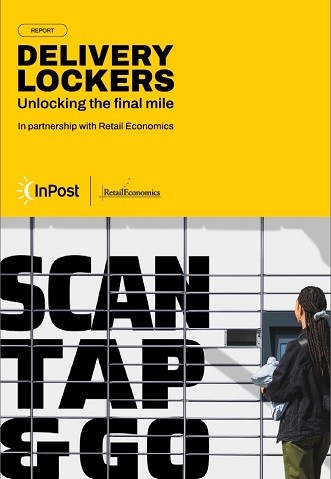
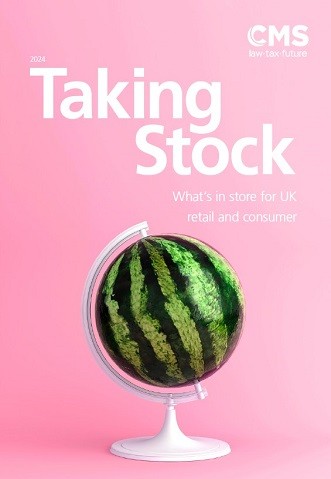
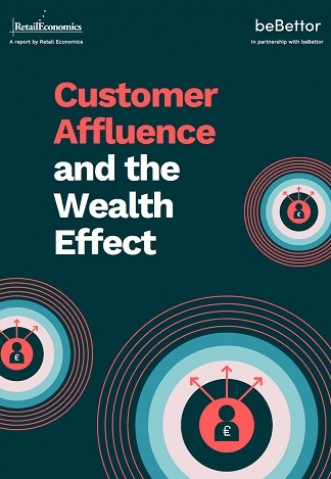
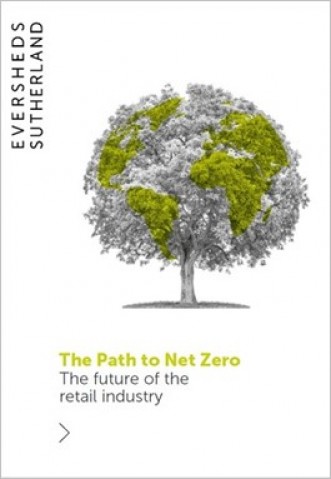
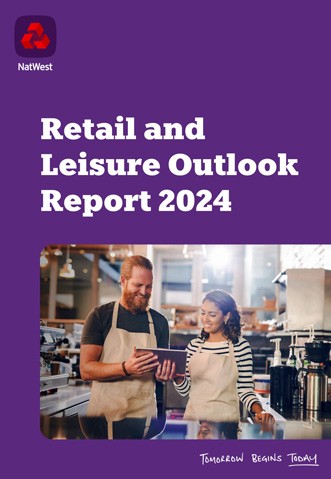
.jpg)
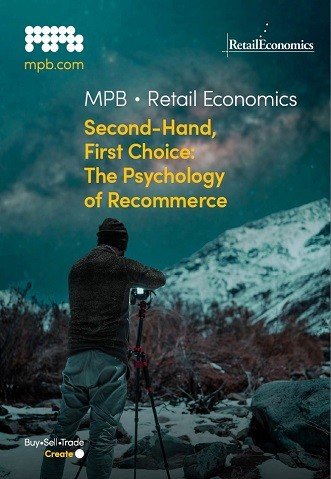
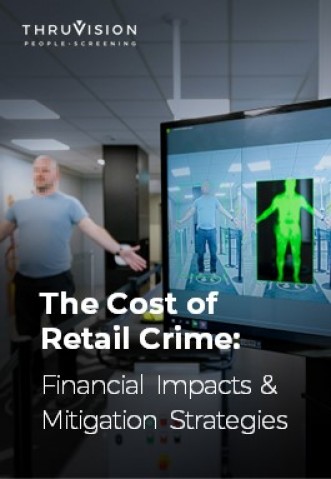


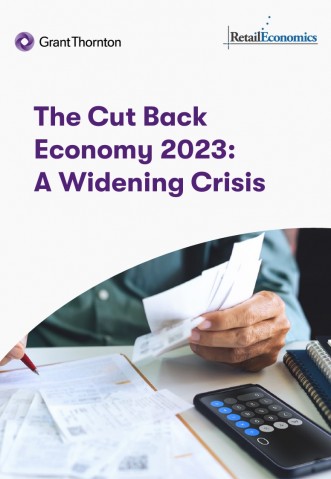
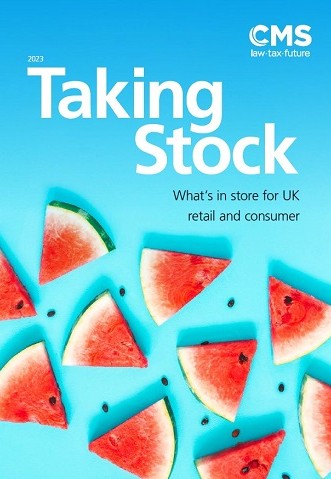
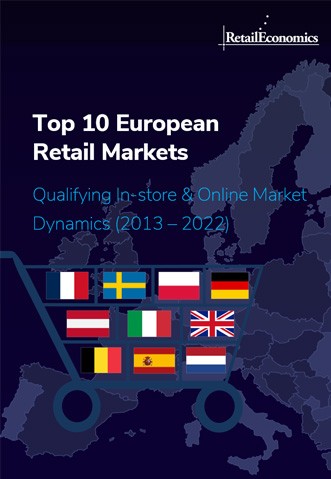
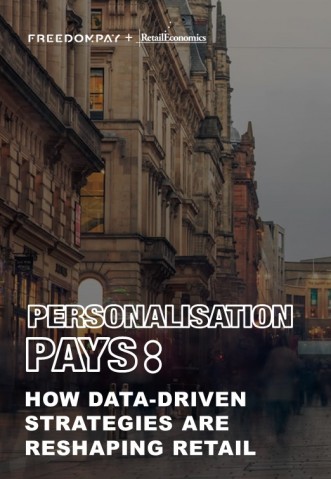

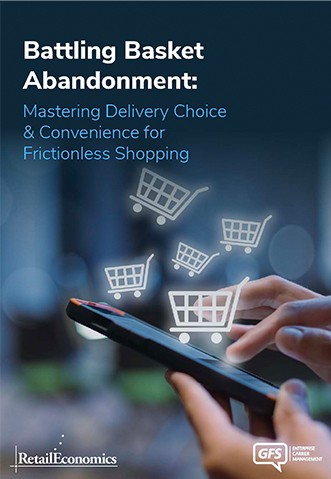
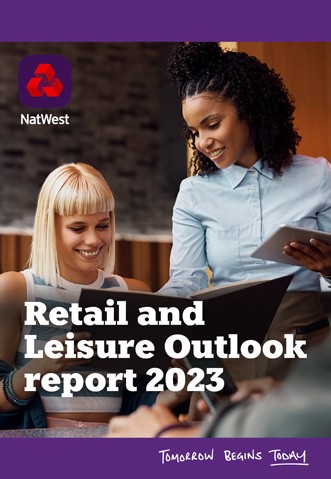

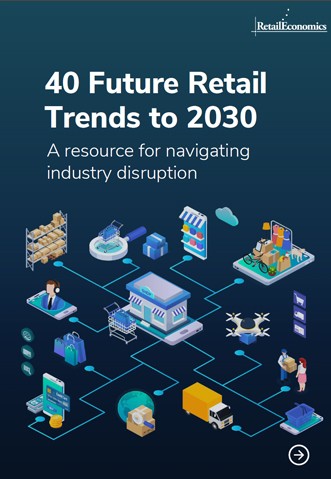
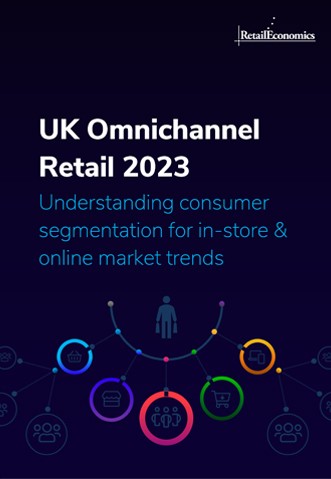
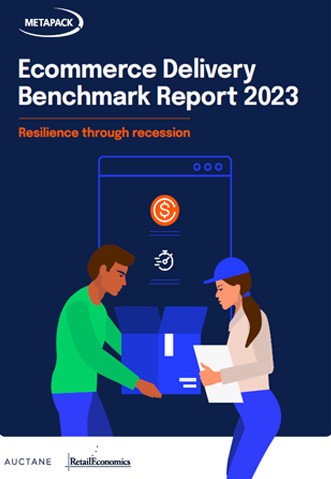
.jpg)
